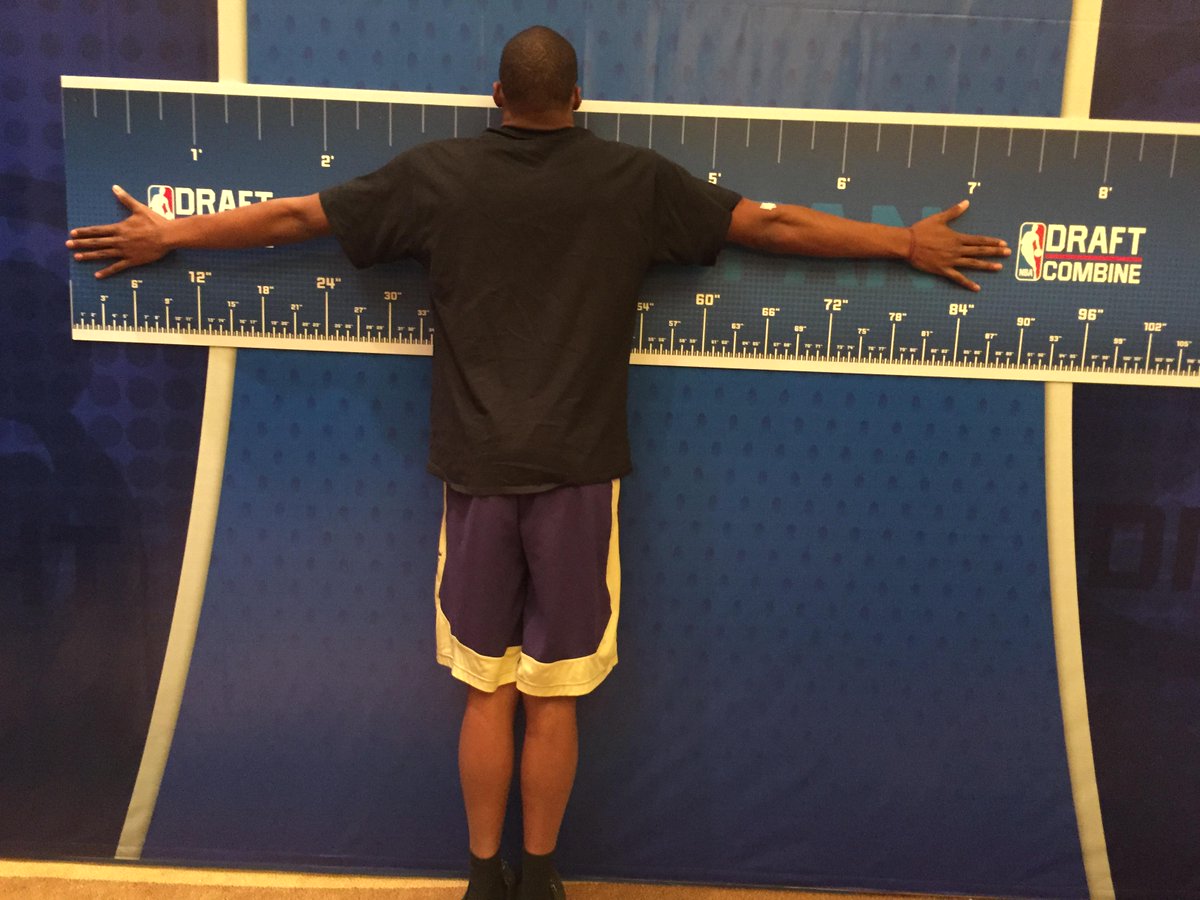

His wingspan differential is tops in the league, but it doesn’t make up for the size discrepancy or lack of consistent offensive play. His length is very noticeable during some magnificent plays in his career that support his explosive leaping ability, strength and toughness.Įven though Maxiell is a solid role player in the paint who adds some great post defense, and his wingspan is a considerable reason, it’s also not enough to get him more than 21 minutes per game through his career. While most players his size might have a standing reach of eight and a half feet, Maxiell’s is closer to nine.

This length allows him to play bigger than he really is. While Detroit Pistons forward Jason Maxiell could be considered a shrimp at 6’6” for a post player, he makes up for it considerably with his monstrous 7’3” wingspan, which is greater than 10 percent of his height. In some players, wingspan is clearly more apparent than others. Nonetheless, with 323 NBA players with confirmed measurements, the data is still extremely reflective of the wingspan classifications.Ībove are our metrics for the different wingspan differential classifications. However, therein lies the problem, as some players do not have a consensus wingspan measurement. Even with a 6'9" wingspan, his differential would be 10.9%, which would come in as the largest in the NBA. The DraftExpress measurement set we had also had a few notable player measurements missing, perhaps none more important Celtics star PG Rajon Rondo, who is 6'1" with a reported to be around 6'9"-6'10". To our knowledge, accurate record or consensus measurement were not made available to the public before 1999, which unfortunately left us without big names prior to the ’99 Draft like Kobe Bryant, Kevin Garnett, Jason Kidd, etc.

This gave us a sample of 323 NBA players, past and present, to apply this equation and extract data from. Used was a database of player wingspan measurements beginning in 1999 provided by DraftExpress, who does an excellent job of archiving draft information, as well as statistical information from. While we couldn’t find an all-encompassing answer (and no one has or probably ever will), we were able to draw some conclusions with data sets that we put together, compared and analyzed. In addition to that question, do players with greater wingspans have an advantage when it comes to picking up blocks and steals? How much exactly do physical attributes enhance a player’s abilities against fundamentals and instincts in that regard? This got us inquiring as to what exactly qualifies a player’s wingspan to be tangibly labeled as “freakish?” This year, Bilas mixed up his body part wonderment and analysis, but it’s a considerable part of the job, as wingspan is largely the focus of most prospects outside of size, weight, athleticism and skill set that gets focused on by teams and scouts.īilas might be the easiest target to make fun of in regards to overuse, but there is a lot of merit to what length can bring to the table in the NBA.Įvery year the word “freakish” gets thrown around in reference to a player’s wingspan, even if it’s just a little bit above normal. Every June during the NBA Draft, we routinely hear Jay Bilas gush about the crazy arm length that incoming NBA prospects possess.


 0 kommentar(er)
0 kommentar(er)
